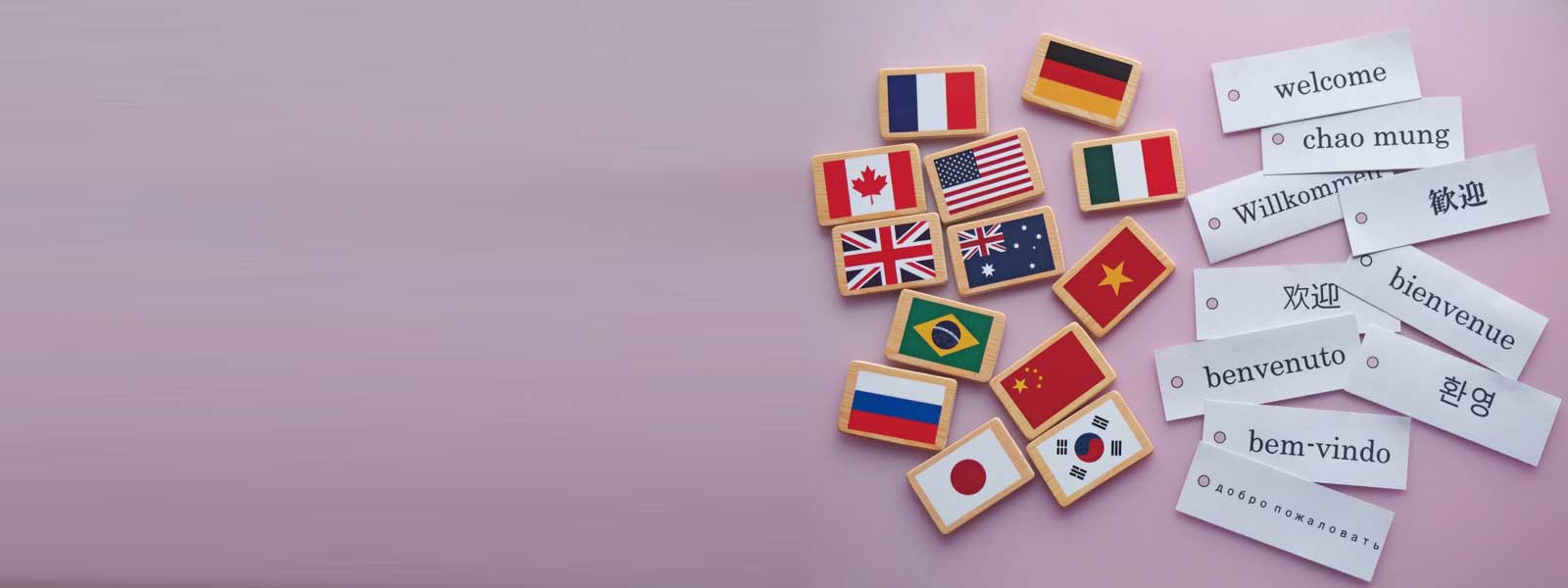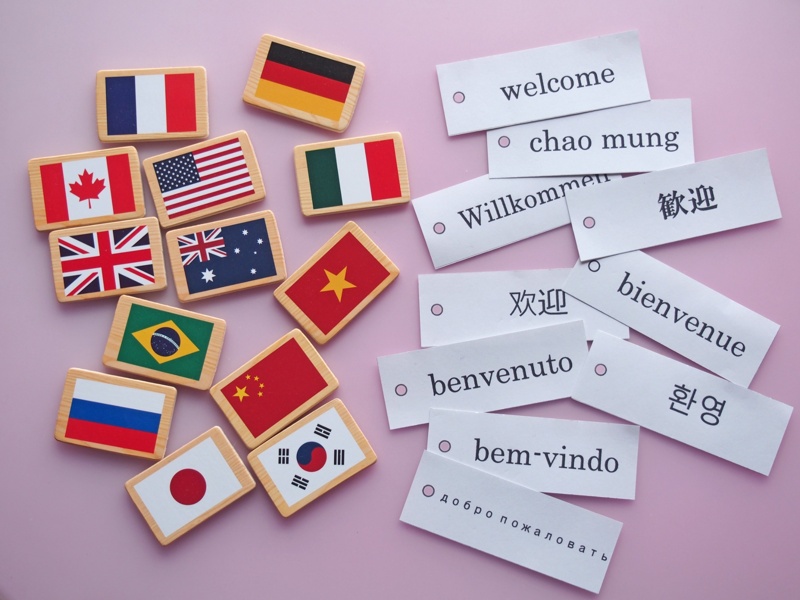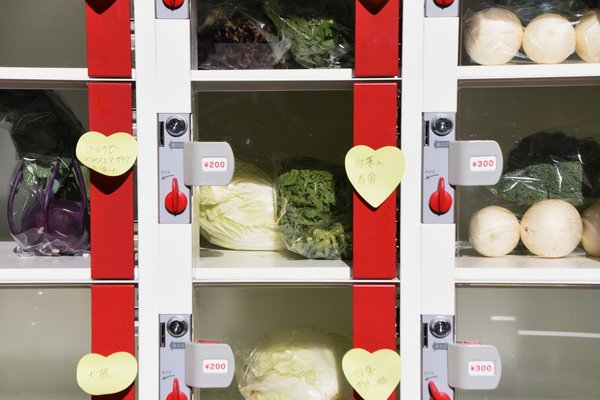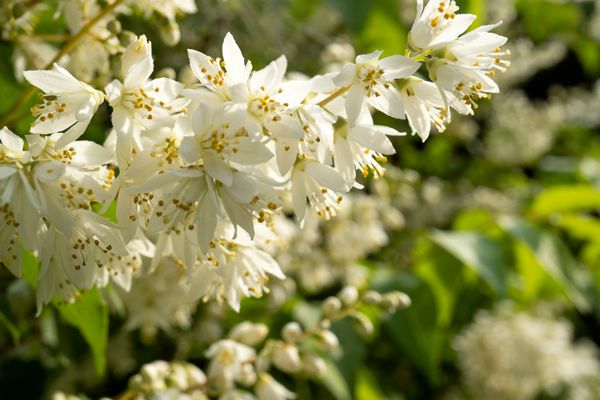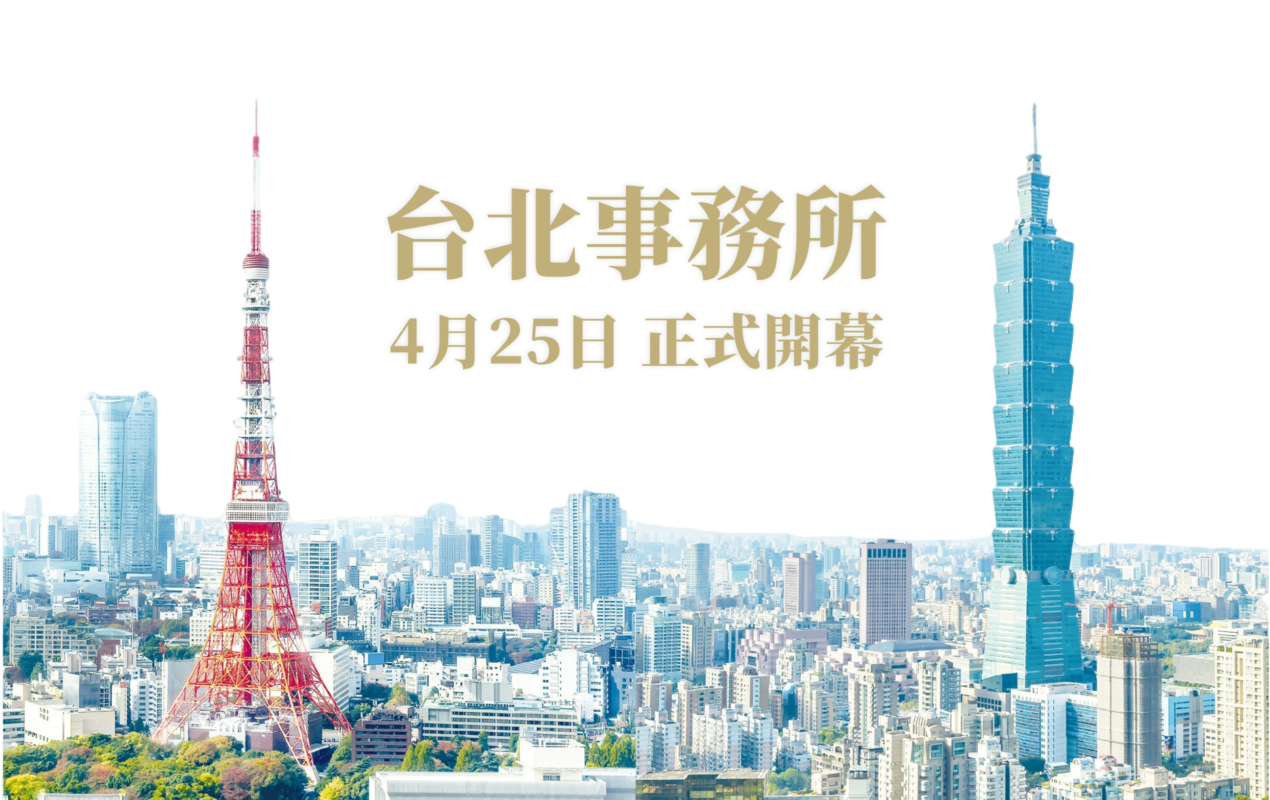Trends and Characteristics of Foreign Residents in Tokyo by Area (2015 – 2025)
Tokyo continues to evolve as an international city where diverse cultures coexist.
Between 2015 and 2025, the number of foreign residents in Tokyo is expected to increase significantly, from approximately 380,000 to approximately 650,000, due to growing labor demand and migration for educational and business purposes.
In this article, based on data published by the Tokyo Metropolitan Government, we will rank the growth rate and percentage of foreign residents in each of the 23 wards, and examine the characteristics and changes of each area in 2025.
Foreign resident growth rate ranking
Number 1: Chuo Ward
●Growth rate: 67.9%
●2015: 6,845 → 2025 forecast: 11,496
●Foreign resident ratio: 7.0%
●Characteristics: Rich people from China and South Korea flock to the Harumi and Katsudoki areas, which are lined with luxury condominiums.
In particular, a phenomenon called "education migration" has become prominent, with an increasing number of people moving to send their children to international schools.
Chuo Ward is also home to historic commercial areas such as Nihonbashi and Ginza, making it a popular tourist destination.
The Harumi and Katsudoki areas, which can be seen as the face of the bay area
Ginza
Konomachi Dictionary - Chuo Ward Edition
2nd place: Bunkyo Ward
●Increase rate: 53.0%
●2015: 5,271 → 2025 forecast: 8,065
●Foreign resident ratio: 4.5%
●Features: Stable housing prices This area is notable for its excellent educational environment and is home to prestigious schools such as the University of Tokyo and Ochanomizu University. It is a popular residential area for international students and their families, and one of its attractions is its good security. The Bunkyo Cherry Blossom Festival is held in spring, and there are many opportunities for local residents to interact with foreigners.
Cherry Blossoms in Koishikawa Korakuen
The University of Tokyo
Konomachi Dictionary: Bunkyo Ward Edition
3rd place: Chiyoda Ward
●Increase rate: 44.8%
●2015: 3,467 → 2025 forecast: 5,018
●Foreign resident ratio: 3.2%
●Features: Although it is a business district with large corporate headquarters, the surrounding area of the Imperial Palace is lush with greenery. There are many short-term expats, and it is highly appreciated for its easy access to business and government. Akihabara is also known as a sacred place for otaku culture, and there are some cases where foreigners who come to Akihabara for sightseeing live there.
The business district stands side by side
Green of the Imperial Palace
Konomachi Dictionary - Chiyoda Ward Edition
4th place: Adachi Ward
●Increase rate: 43.5%
●2015: 13,645 → 2025 forecast: 19,577
●Foreign resident ratio: 5.0%
●Characteristics: Many Vietnamese and Nepalese workers live in the area, and it is popular for its low rent and easy access to the city center. The Kitasenju area is convenient for transportation, and there are many Japanese language schools. In recent years, the riverbed of the Arakawa River has been improved, and the number of local residents and foreigners enjoying barbecues has increased.
Nishiarai Daishi Sanmon Gate, Adachi Ward, Tokyo
Toneri Park with beautiful nemophila in spring
Konomachi Dictionary - Adachi Ward Edition
5. Katsushika Ward
●Increase rate: 43.0%
●2015: 10,761 → 2025 forecast: 15,386
●Foreign resident ratio: 5.2%
●Characteristics: This is an area where Southeast Asian workers are increasing. Katsushika Ward is famous for Shibamata Taishakuten, but in recent years there has been an increase in Nepalese and Vietnamese food shops, giving local residents more opportunities to enjoy ethnic food.
Taishakuten Sando
Shibamata Taishakuten
Konomachi Dictionary - Katsushika Ward Edition
6th place: Itabashi Ward
●Increase rate: 42.7%
●2015: 8,943 → 2025 forecast: 12,758
●Foreign resident ratio: 4.8%
●Characteristics: The number of Nepalese residents is increasing, and ethnic towns are being formed. In particular, the number of halal food stores is increasing, making it a hub for cross-cultural exchange. Itabashi Ward also has many shopping streets that retain traces of the Showa era, where local Japanese and foreigners can naturally interact.
Konomachi Dictionary: Itabashi Ward Edition
Number 7: Koto Ward
●Increase rate: 41.9%
●2015: 14,227 → 2025 forecast: 20,192
●Foreign worker ratio: 5.7%
●Characteristics: The number of foreign workers in Kinshicho is increasing. In recent years, there are many Vietnamese and Indonesian residents, and Vietnamese restaurants and Asian supermarkets have become prominent. Multinational events are held in Kinshicho Park to promote regional revitalization.
Konomachi Dictionary - Koto Ward Edition
Number 8: Arakawa Ward
●Increase rate: 40.0%
●2015: 8,053 → 2025 forecast: 11,274
●Foreign resident ratio: 10.0%
●Characteristics: There is an area called "Little Kathmandu" where Nepalese and Filipino communities have developed. Exchange events and festivals with local residents are held frequently, and it is considered a model case of multicultural coexistence.
Konomachi Dictionary: Arakawa Ward Edition
9th place: Toshima Ward
●Increase rate: 37.5%
●2015: 15,521 → 2025 forecast: 21,348
●Foreign resident ratio: 11.7%
●Characteristics: Ikebukuro has a high concentration of Chinese residents and an area called Ikebukuro Chinatown. Toshima Ward has been designated Japan's first Special Zone for Multicultural Coexistence and actively supports foreign residents.
Konomachi Dictionary: Toshima Ward Edition
Number 10: Shinjuku Ward
●Increase rate: 35.0%
●2015: 24,176 → 2025 forecast: 32,638
●Foreign resident ratio: 13.0%
●Characteristics: The ward has the highest foreign resident ratio in Tokyo, and the Okubo area is home to Nepalese and Vietnamese residents. Korean restaurants and South-East Asian supermarkets are lined up, and multinational cultures blend into daily life.
Konomachi Dictionary - Shinjuku Ward Edition
Summary
A wide variety of factors contribute to the increasing number of foreign residents in Tokyo. In the city center, wealthy people, mainly from China and South Korea, are moving in search of luxury housing and educational institutions. On the other hand, in the eastern area, technical intern trainees and workers are flocking to areas with reasonable rents, bringing new vitality to the local economy. The interesting thing about this phenomenon is that each area has its own unique changes.
Each area has its own characteristics, and new communities are being formed where local residents and foreigners live together.
Source:
Tokyo Metropolitan Government Bureau of Life and Culture, Trends in the Number of Registered Foreigners in Tokyo
Statistics Department, Bureau of General Affairs, Tokyo Metropolitan Government Statistics, Population Dynamics in Tokyo
Note:Please note that the rankings and analyses in this article are not necessarily universal, as they include unique perspectives.


